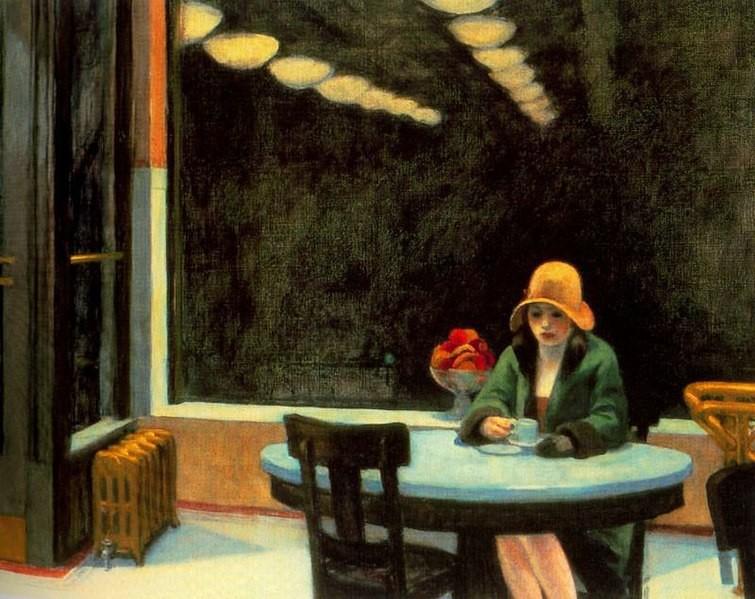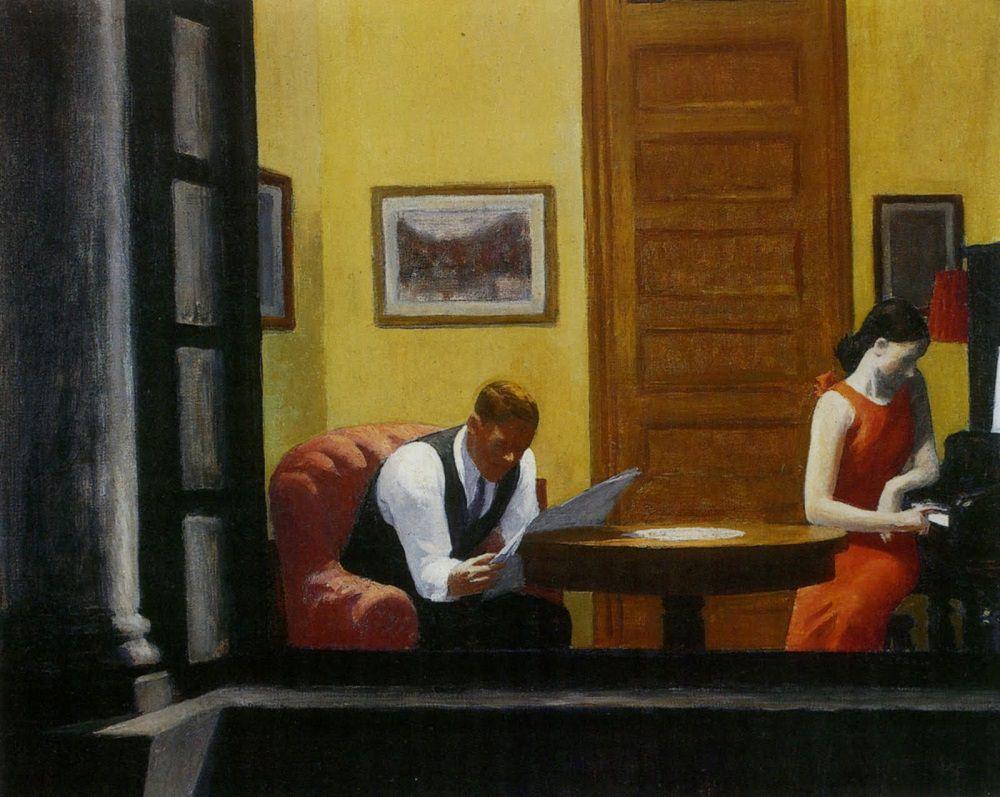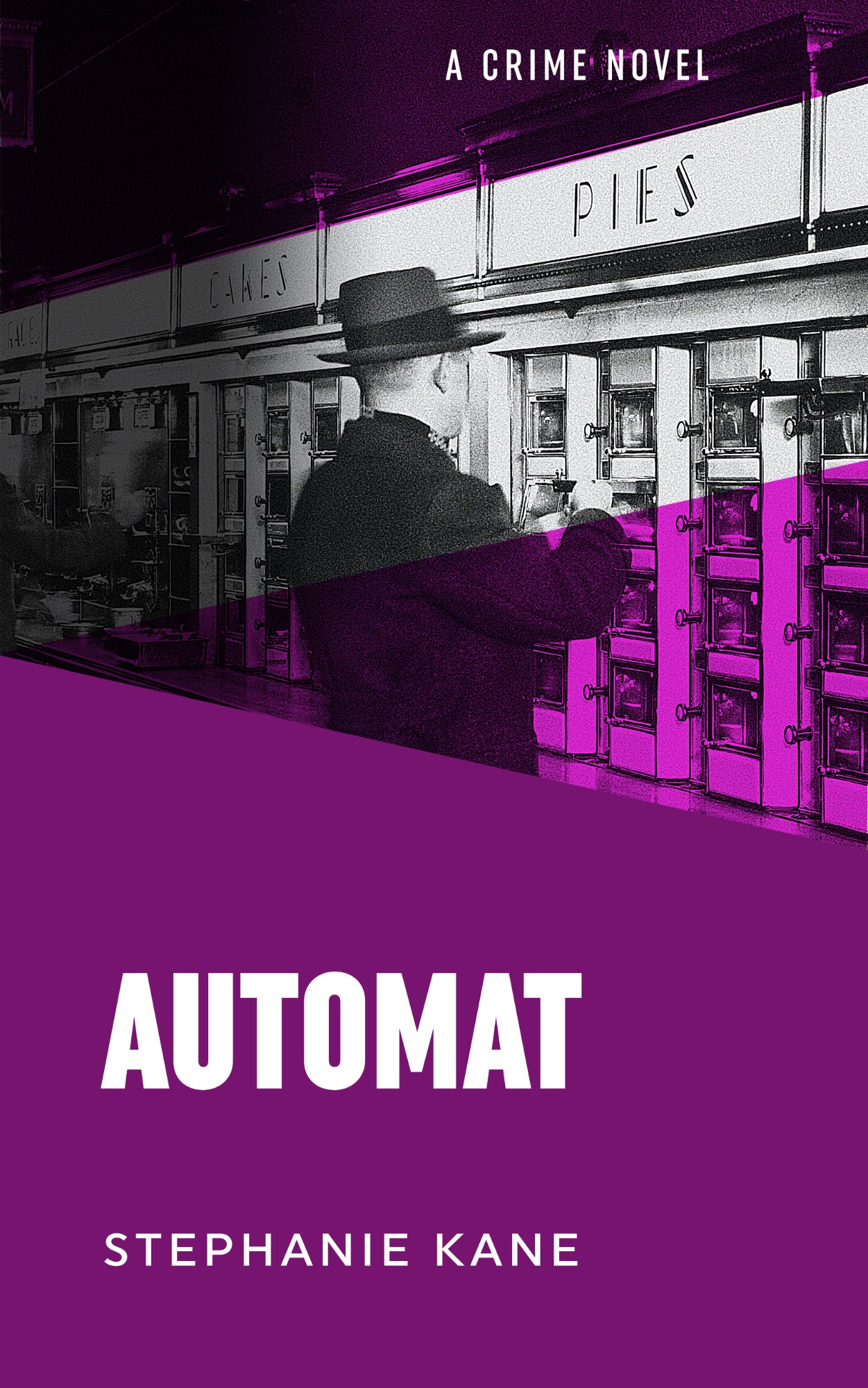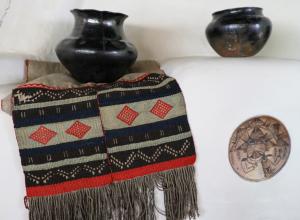The Hoppers’ forty-year marriage was volatile and occasionally violent. He disparaged her art but installed a mirror next to his easel to watch her paint. In caricaturing her as a topknot with earrings and cuffs, he erased her. Biographer Gail Levin quotes the Hoppers’ friend, art historian Barbara Novak, that Jo “saw the world through a barbed-wire screen of resentment.” When Jo died in 1968, after bequeathing their paintings to The Whitney Museum of American Art, she endured the ultimate posthumous insult: The Whitney threw her work out.
Jo wasn’t Hopper’s only woman. In 1922, Jeanne Cheruy, an older Frenchwoman, inscribed a copy of Paul Verlaine’s erotic poetry to him. Hopper was long presumed to have had just one other romantic liaison, but in 2006, a fourth woman came to light. Based on what’s known of these relationships, each shaped the woman who appears over and over in his work.
Hopper was born in 1882 in Nyack, New York, and raised in a strict Baptist home. His mother, Elizabeth Griffiths Smith, controlled his upbringing and managed the household’s affairs. Tall, shy, and homely, young Hopper led a sheltered life. Talented in drawing, he studied illustration and then enrolled in the New York School of Art. In 1906, he took his first trip to Paris. At a boarding house chosen by his mother above a Baptist school, he met Enid Marion Saies.
Enid was a bright-eyed English girl studying at the Sorbonne. Smitten, Hopper took her to Versailles and the Opéra. Intending to marry her, he followed Enid home to London. After dining at an Italian restaurant in Soho, they sat in Enid’s garden while she embroidered a waistcoat for her French suitor and he helped by biting off threads. Enid later told her daughter that Hopper suddenly recoiled and declared he wouldn’t do that for another man. He wired his parents for money, stayed in Europe a few more weeks, and came home.































